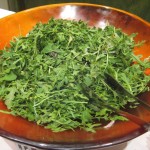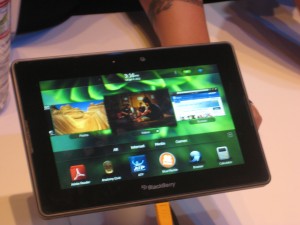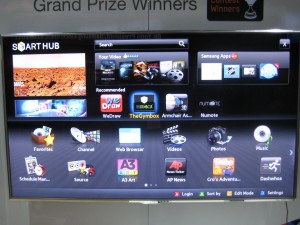If the National Pork Board has its way, conversations like this will soon be happening in homes across America:
He: What’s for dinner?
She: A nice chicken.
He: What’s wrong with pork? You know I love my pork.
She: We’ve already had pork seven times this week. Pork spareribs with hoisin sauce…. pork belly sliders…. crown roast of pork with apples…
He: Be inspired! How about pork sushi?
She: Wait a minute, I forgot. The Smiths are coming for dinner. They don’t eat pork.
He: Religious reasons?
She: No, they just don’t eat pork. And if you don’t eat pork, there’s no way to change that.
A little background: according to the Associated Press on March 4, 2011, the National Pork Board has decided to “move on” after 25 years promoting its product with the highly recognizable slogan, “The Other White Meat”. The new tag lie is… wait for it… “Pork: Be Inspired.” According to Ceci Snyder, the Des Moines, Iowa-based board’s vice president of marketing, “we want to increase pork sales by 10 percent by 2014. To do that, we needed to make a stronger connection, a more emotional connection to our product.”
The AP story goes on to note that pork consumption averaged 50 pounds per person in 2010, compared to 61 pounds for beef and 70 pounds for chicken. However, “research done by the Pork Board shows 28 percent of U.S. households make up nearly 70 percent of the nation’s at-home consumption of fresh pork. The new campaign is aimed at getting existing pork consumers to think more about how they can incorporate it into their meal planning.”
The old campaign is not exactly being retired, however. The old slogan will remain on the Pork Board’s website and on apparel sold by the board, but web searches for “Pork: The Other White Meat” will direct people to the new campaign…
Let’s break down this grisly carcass, shall we?
The Message: Some might say that a slogan that is not actually used, and is instantly forgettable, is not actually a slogan. So let’s move past that.
The Marketing: under what circumstances does a product throw up its hands at trying to get new customers and instead focus on keeping the customers it has and getting them to buy more? The cigarette industry comes to mind, what else? Presumably the pork folks had good research that told them that a/no new pork eaters could be acquired and b/the current audience could be profitably convinced to up their pork consumption, but both assumptions seem very strange to me.
The comparative stats tell me the pork eaters are in fact doing some pretty heavy lifting already, pound for pound enjoying pork at 1 of ever 3 meals compared to the other two protein sources. And in fact pork’s shortfall might be explained entirely by the fact there are no pork fast food stores as there are burger joints and chicken shacks.
But never mind that, if we stipulate that we can only succeed by getting pork eaters to eat more pork, what kind of marketing might do that? Hey, how about… “the other white meat”? We all think of chicken as a versatile ingredient… pure genius to put pork on the same pedestal. And certainly much better than an exhortation that sounds like it might have been the product of a committee planning a high school homecoming dance.
And the funny thing is that the only people who will actually get to see the new slogan are people who do a web search for the old slogan. That’s right, we’ll take that tiny percentage of people who take advertising messages to heart and we’ll toss a bucket of farm waste in their face. Do a search for “The Other White Meat” to see how enjoyable this is.
The Morality: Secretly, I am happy about this fiasco and here’s why. In 1988 when “The Other White Meat” hit our butcher counters, its purpose was to promote the new trend to factory farms which fed pigs lean foods in order to produce a leaner product as compared to the traditional happy pigs rooting in the farmyard. A bonus was that the conditions in these factory farms stressed out the pigs (an animal more intelligent than a dog) so much that their flesh was watered down by stress hormones.
If we have been unsuccessful in convincing people to eat lean meat from tortured pigs, perhaps that is not entirely a bad thing.


